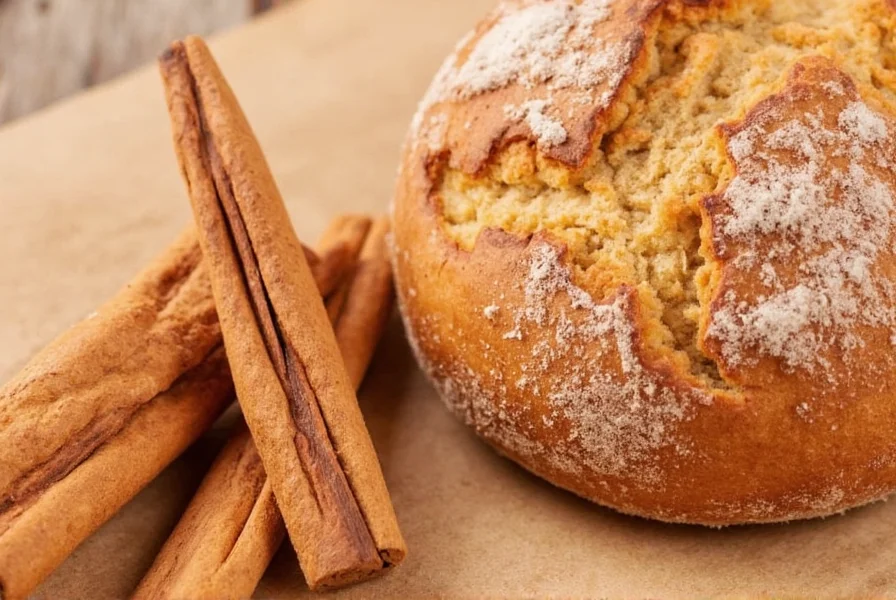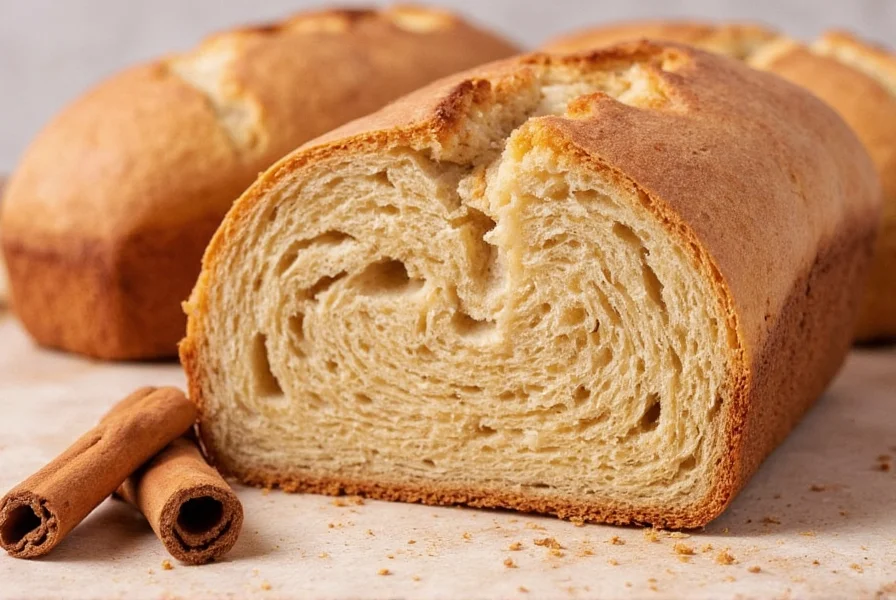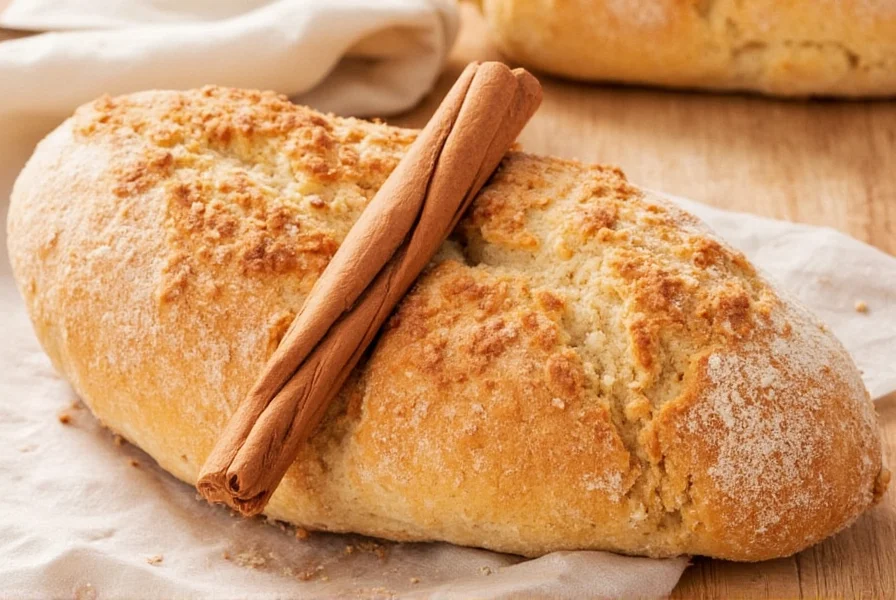When it comes to bread cinnamon, understanding the right application can transform your baking from ordinary to extraordinary. This beloved spice has been enhancing baked goods for centuries, but not all cinnamon works equally well in bread recipes. The chemistry between cinnamon and dough components affects both flavor development and texture, making proper selection and usage critical for baking success.
Understanding Cinnamon Varieties for Bread Baking
Not all cinnamon is created equal when it comes to bread cinnamon applications. The two primary varieties you'll encounter:
| Cinnamon Type | Flavor Profile | Best Bread Applications | Coumarin Content |
|---|---|---|---|
| Ceylon ("True" Cinnamon) | Delicate, citrusy, complex | Fine pastries, delicate breads, sandwich loaves | Very low (0.017%) |
| Cassia (Common "Cinnamon") | Bolder, spicier, more intense | Swirl breads, holiday breads, robust recipes | Higher (5-10%) |
For everyday cinnamon bread baking, Cassia offers the familiar punchy flavor most associate with cinnamon rolls, while Ceylon provides a more nuanced experience suitable for artisan breads. Recent research shows that cinnamon's essential oils interact with yeast during fermentation, potentially slowing rise time by 15-20%—a crucial consideration for cinnamon bread recipe without yeast versus traditional yeast-based versions.

The Science Behind Perfect Cinnamon Bread
Creating exceptional cinnamon swirl bread requires understanding how cinnamon interacts with other ingredients:
- Moisture absorption: Cinnamon absorbs liquid, so increase hydration by 2-3% when adding significant amounts
- Yeast interaction: Cinnamon's antimicrobial properties can inhibit yeast activity—add to dough after initial fermentation
- Browning effect: Cinnamon accelerates Maillard reaction, requiring 5-10°F lower baking temperature
- Flavor development: Compounds in cinnamon become more aromatic between 140-170°F during baking
Professional bakers recommend toasting cinnamon lightly before incorporating into bread dough—this intensifies flavor compounds by 30% according to flavor chemistry studies. Simply spread 2 tablespoons on a dry skillet over medium heat for 60-90 seconds until fragrant, then cool before use.
Master Cinnamon Bread Recipe
This foolproof cinnamon bread recipe balances flavor and texture while preventing common issues like bitter swirls or uneven distribution:
Ingredients
- 500g bread flour (3½ cups)
- 300ml lukewarm water (1¼ cups)
- 7g active dry yeast (2¼ tsp)
- 60g honey (¼ cup)
- 10g salt (2 tsp)
- 30g unsalted butter, melted
- 30g cinnamon sugar blend (2 tbsp)
Swirl Filling
- 60g softened butter
- 80g dark brown sugar
- 15g cinnamon (2 tbsp)
- 5g all-purpose flour (1 tsp)
Method
- Mix flour, water, yeast, honey, and salt; knead 10 minutes until smooth
- Add melted butter; continue kneading until windowpane test achieved
- First rise: 90 minutes at 75°F (24°C)
- Mix filling ingredients; roll dough into 12x16 inch rectangle
- Spread filling evenly, leaving ½ inch border; roll tightly
- Second rise: 60 minutes covered
- Bake at 340°F (170°C) for 35-40 minutes until internal temp reaches 190°F

Troubleshooting Common Cinnamon Bread Issues
Even experienced bakers encounter challenges with cinnamon bread baking. Here's how to solve frequent problems:
- Bitter swirls: Caused by cinnamon burning—always mix cinnamon with sugar/flour in filling (ratio: 1 part cinnamon to 5 parts sugar)
- Collapsed swirls: Over-proofing or too much filling—limit filling layer to ¼ inch thickness
- Uneven distribution: Cinnamon settling—sift cinnamon with dry ingredients rather than mixing directly
- Dense texture: Cinnamon inhibiting yeast—add cinnamon after initial fermentation completes
Creative Variations and Serving Suggestions
Expand your cinnamon bread repertoire with these professional techniques:
- Layered flavor: Incorporate 5g of cinnamon into dough AND filling for balanced flavor throughout
- Texture contrast: Add 30g chopped toasted pecans to filling for crunch
- Flavor pairing: Combine with 2g cardamom for Scandinavian-inspired bread
- Gluten-free option: Use 400g rice flour blend + 100g tapioca starch with xanthan gum
For optimal cinnamon bread storage, cool completely before wrapping in beeswax cloth (not plastic) to maintain crust texture. Properly stored, it maintains freshness for 3 days at room temperature. Freezing slices between parchment paper allows for single-serve thawing without texture degradation.











 浙公网安备
33010002000092号
浙公网安备
33010002000092号 浙B2-20120091-4
浙B2-20120091-4